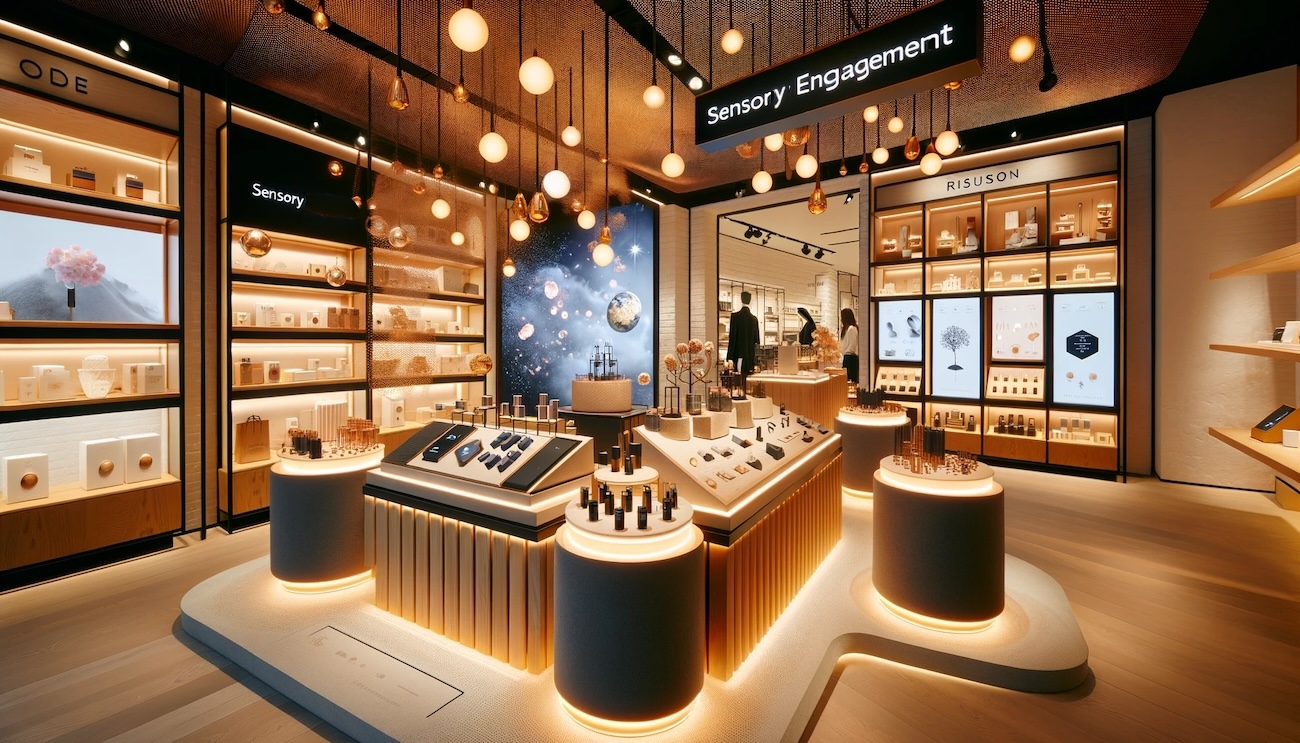
Visual merchandising plays a crucial role in attracting customers, enhancing their shopping experience, and ultimately driving sales. Given the current challenges faced by retail traders in Sunbury, optimising visual merchandising can be a significant step towards revitalising business performance.
Understand the Basics of Visual Merchandising
Before diving into changes, it’s essential to understand what visual merchandising entails. It includes the strategic arrangement of products, store layout, lighting, and display themes to enhance the customer experience and drive sales.
Key Elements:
- Store Layout: The overall design and flow of your store.
- Product Placement: Where and how products are displayed.
- Lighting: How lighting highlights products and sets the mood.
- Signage: Informative and promotional signs throughout the store.
- Displays: Themed arrangements and focal points.
Assess Your Current Setup
Conduct a thorough evaluation of your current visual merchandising. Take note of what works well and what needs improvement. Consider the feedback from customers and staff, and pay attention to areas with low engagement or clutter.
Steps:
- Walk through your store as a customer would.
- Take photos of your current displays.
- Identify areas that need better lighting or clearer signage.
- Note any out-of-date or cluttered displays.
Define Your Brand and Theme
Consistency is crucial in visual merchandising. Your store’s visual elements should reflect your brand identity and resonate with your target audience.
Steps:
- Define your brand colours, fonts, and overall style.
- Choose a theme that aligns with your brand and current season.
- Ensure all visual elements, from signage to displays, are cohesive.
- Engage an interior decorator and/or brand specialist.
Plan Your Store Layout
An optimised store layout can significantly impact customer flow and sales. Design a layout that guides customers through your store and maximises exposure to products.
Tips:
- Create Zones: Divide your store into distinct sections for different product categories.
- Customer Path: Design a natural path that encourages customers to explore all areas.
- Decompression Zone: Have an inviting entry area where customers can adjust to the store environment.
Here are ten tips to help improve visual merchandising
1. Create a Cohesive Theme
- Consistency is Key: Ensure your store’s visual elements, such as colour schemes, signage, and displays, align with your brand identity. A cohesive theme creates a memorable shopping experience.
- Seasonal Updates: Refresh your theme to reflect seasonal changes, holidays, or special promotions. This keeps the store looking current and engaging.
2. Use Window Displays Effectively
- First Impressions Matter: Use your window space to showcase new arrivals, best-sellers, or seasonal items. Eye-catching and well-lit window displays can draw in foot traffic.
- Storytelling: Tell a story with your window displays. Create a narrative that resonates with your target audience and entices them to explore your store further.
3. Optimise Store Layout
- Flow and Navigation: Design your store layout to guide customers through a natural path. Position high-demand items towards the back, encouraging customers to pass by other products.
- Zones: Create distinct zones for different product categories. This helps customers find what they’re looking for quickly and easily.

4. Focus on Focal Points
- Highlight Key Products: Use focal points to draw attention to new or high-margin products. This can be achieved with spotlighting, unique displays, or bold signage.
- At Eye Level: Place focal products at eye level to ensure they’re easily noticed by customers.
5. Effective Use of Signage
- Clear and Informative: Use signage to provide essential information like pricing, product benefits, and promotional details. Keep it simple and readable.
- Brand Consistency: Ensure your signage matches your brand’s font, colours, and tone.
6. Innovative Product Displays
- Engage Senses: Create displays that engage multiple senses. Incorporate textures, scents, and sounds to create a memorable shopping experience.
- Interactive Displays: Allow customers to interact with products. Hands-on experiences can increase engagement and sales.
7. Lighting Matters
- Highlight Products: Use accent lighting to draw attention to key products and displays. Ensure the lighting complements the overall store ambiance.
- Natural Light: Maximise the use of natural light where possible. It creates a welcoming environment and can enhance the appearance of your merchandise.
8. Regularly Update Displays
- Keep it Fresh: Regularly change your displays to keep the store looking fresh and exciting. This encourages repeat visits as customers anticipate new finds.
- Thematic Displays: Update displays to reflect current trends, seasons, or local events. This keeps your store relevant and engaging.
9. Leverage Technology
- Digital Signage: Use digital screens to display dynamic content like promotional videos, customer testimonials, or social media feeds.
- Augmented Reality (AR): Consider AR for interactive displays that allow customers to visualise products in different settings or configurations.
10. Training and Involvement
- Staff Training: Train your staff on the importance of visual merchandising and involve them in setting up displays. Their input can provide valuable insights.
- Customer Feedback: Encourage customers to provide feedback on your displays. Use this information to make continuous improvements.
By implementing these visual merchandising tips, retail businesses in Sunbury can enhance their store appeal, attract more customers, and improve sales performance. Regularly revisiting and refining these strategies will help maintain a vibrant and inviting retail environment, essential for sustaining business growth in challenging economic conditions.
